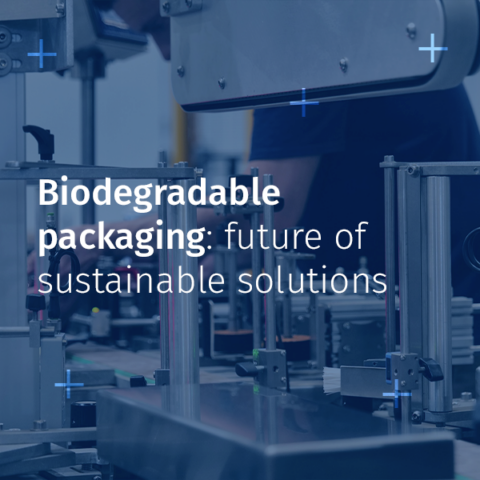With the growing demand for environmentally friendly alternatives, biodegradable packaging is emerging as one of the most promising solutions for industries aiming to reduce their environmental impact. Many businesses in the United States are seeking sustainable alternatives that not only meet consumer expectations but also comply with environmental regulations.
What is biodegradable packaging?
Biodegradable packaging refers to materials that can break down naturally through biological processes. Unlike traditional plastic packaging, which can take hundreds of years to decompose, biodegradable options are designed to break down within a few months to a few years under the right conditions.
Biodegradable packaging materials are often derived from renewable resources, such as plants or agricultural waste, and can include materials like bioplastics, paper, mushroom-based packaging, and other eco-friendly alternatives. These materials are becoming increasingly popular in packaging solutions for various industries, from food and beverages to cosmetics and consumer goods.
Growing demand for sustainable packaging
The U.S. market is experiencing a shift toward more sustainable packaging options, driven by several factors. Consumers are becoming increasingly aware of environmental issues. Many actively seek products with sustainable packaging. Some even make purchasing decisions based on the ecological impact of the packaging.
Additionally, several U.S. states have implemented or are considering laws to limit single-use plastics. These regulations are pushing businesses to adopt biodegradable and recyclable alternatives to comply with local and national standards.
Benefits of biodegradable packaging
- Environmental Impact: One of the most significant benefits of biodegradable packaging is its ability to break down naturally, reducing waste and pollution. Unlike plastic, which can take hundreds of years to decompose, biodegradable materials decompose much more quickly.
- Reduction of Carbon Footprint: Many biodegradable materials are made from renewable resources, which have a lower carbon footprint compared to traditional plastic.
- Compliance with Regulations: With the introduction of regulations aimed at reducing single-use plastics and increasing recyclability requirements, companies are turning to biodegradable packaging solutions to meet these new legal standards.
- Improved Brand Image: Companies that adopt sustainable and eco-friendly practices gain a strong reputation with consumers, especially those who prioritize environmentally friendly products.
Conclusion
Biodegradable packaging represents an innovative solution, offering numerous benefits for both businesses and consumers. With technological advancements and the growing demand for more eco-friendly solutions, biodegradable packaging is set to continue expanding, offering a viable and sustainable alternative to traditional plastic.







